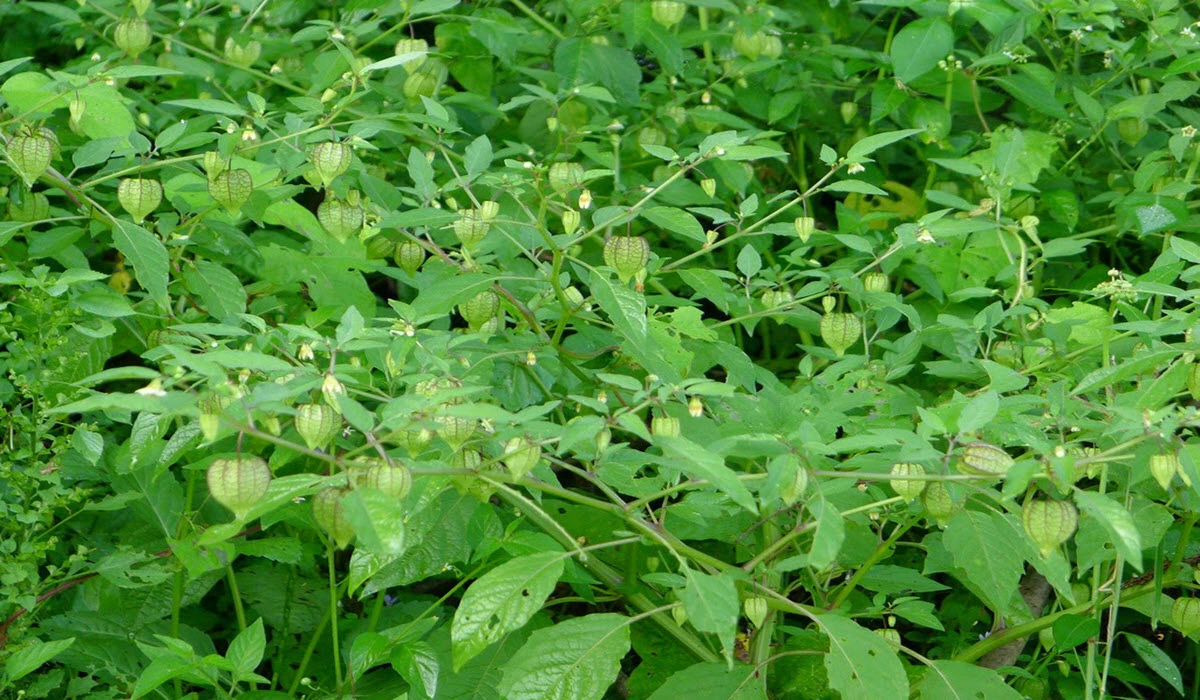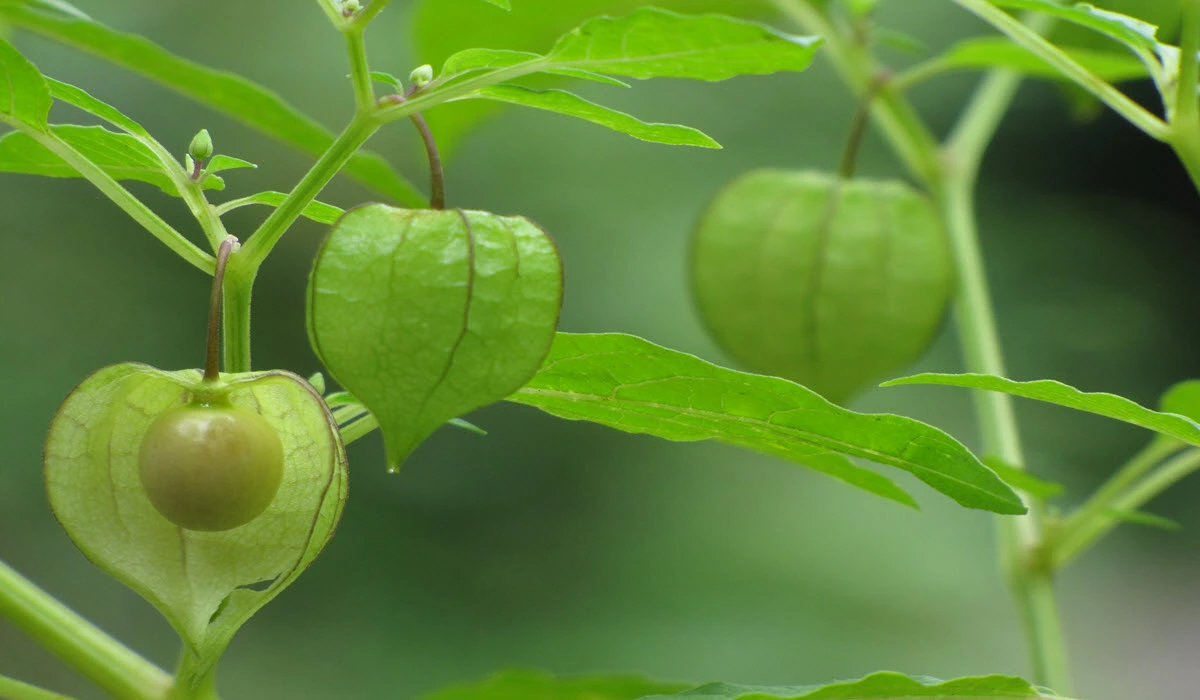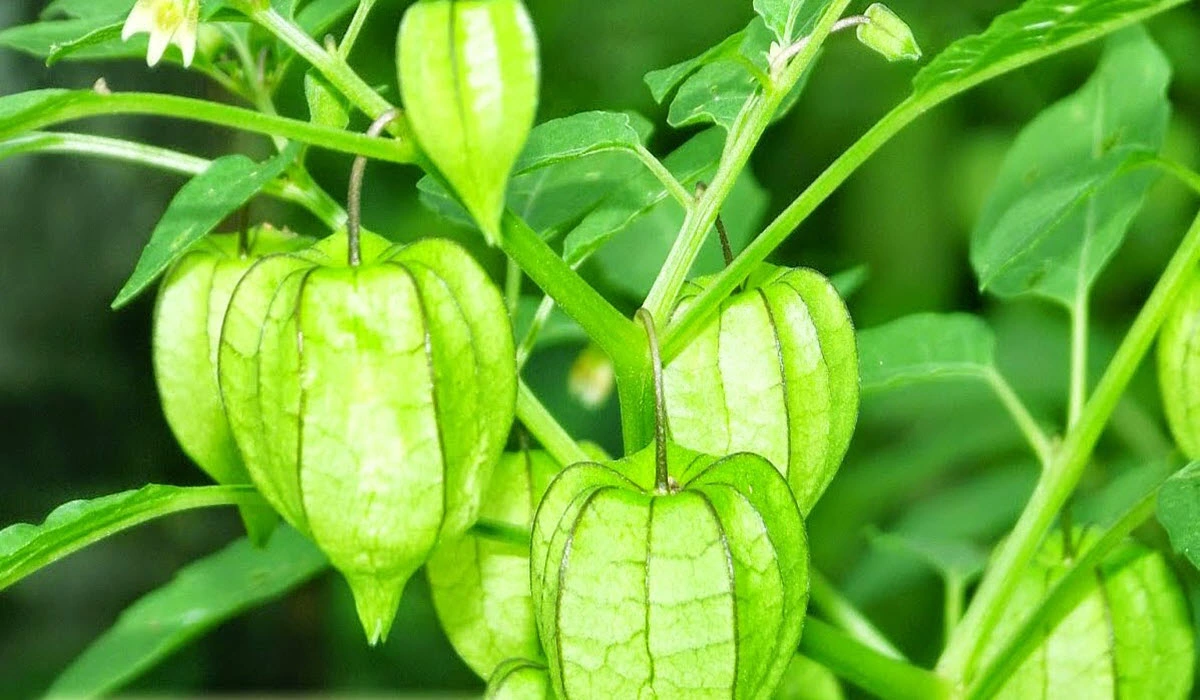Cape gooseberry, also known as Physalis peruviana, is a delightful fruit that offers a burst of flavor and a host of health benefits. These small golden gems are encased in papery husks, which give them an exotic appearance. If you’re an avid gardener or simply want to explore cultivating your own unique fruits, growing cape gooseberry is a rewarding and enjoyable experience. In this article, we will explore how to grow cape gooseberry from seed, what season does cape gooseberry grow, and the benefits of cape gooseberries.

Choosing the Right Location
Cape gooseberry thrives in a sunny location, so select a spot in your garden that receives full sun for at least six hours a day. The soil should be well-draining, fertile, and slightly acidic with a pH level of around 6 to 7. If your soil is heavy or clayey, amend it with organic matter like compost to improve its drainage and fertility.
Seed Selection and Planting
You can either start with seeds planting in pots or purchase young seedlings from a reputable nursery. If you choose to start from seed, sow them indoors 6-8 weeks before the last frost date or directly into the garden after the frost risk has passed. Plant the seeds about 1/4 inch deep and keep the soil consistently moist until germination occurs, which usually takes 2-3 weeks.
Transplanting
When the seedlings are around 4-6 inches tall and have developed a couple of sets of true leaves, it’s time to transplant them into the garden. Ensure the soil has warmed up sufficiently, and there is no risk of frost. Space the plants 24-36 inches apart to allow adequate air circulation and room for growth. Gently dig a hole large enough to accommodate the root ball, place the seedling in the hole, and cover it with soil, firming it gently around the base of the plant.
Watering and Fertilization to Grow Cape Gooseberry
Cape gooseberries require consistent moisture, particularly during dry spells. Water the plants deeply once a week, ensuring the soil remains evenly moist but not waterlogged. Mulching around the base of the plants can help retain moisture and prevent weed growth. Feed the plants with a balanced organic fertilizer every four weeks to promote healthy growth and fruit production.
Pruning and Support
Cape gooseberry plants tend to sprawl and spread, so providing support is beneficial. You can use stakes, trellises, or cages to keep the plants upright and facilitate better air circulation. Prune the plants to remove any damaged or overcrowded branches, allowing sunlight to penetrate the foliage and reduce the risk of diseases.

|
5 pack Garden Pruning Shears Stainless Steel Blades5 pack Garden Pruning Shears Stainless Steel Blades, Handheld Scissors Set with Gardening Gloves,Heavy Duty Garden Bypass Pruning Shears,Tree Trimmers Secateurs, Hand Pruner |
Pest and Disease Control
While cape gooseberry plants are generally resistant to many pests and diseases, a few common issues may arise. Keep an eye out for aphids, whiteflies, and tomato hornworms. Handpicking these pests or using organic insecticidal soap can help control their populations. Additionally, ensure good air circulation around the plants and avoid over-watering to prevent fungal diseases.
Harvesting and Storage

Cape gooseberries are ready for harvest when the husks turn papery and the fruits inside have a bright golden color. Gently remove the husks and collect the fruits. They can be consumed fresh, added to fruit salads, used in jams and jellies, or even dried for longer storage. Store ripe cape gooseberries in a cool, dry place or refrigerate them for up to two weeks.
Benefits of Cape Gooseberry

Antioxidant Powerhouse: Cape gooseberries are rich in antioxidants such as phenolic compounds and vitamin C. These antioxidants help combat harmful free radicals in the body, protecting cells from oxidative damage and reducing the risk of chronic diseases like cancer and heart disease.
Boosts Immune System: The high vitamin C content in cape gooseberries strengthens the immune system, aiding in the prevention and management of common illnesses like colds and flu. Vitamin C also promotes collagen production, Which is essential for healthy skin, cartilage, and blood vessels.
Supports Eye Health: Cape gooseberries contain vitamin A and beta-carotene, which are beneficial for eye health. These compounds help protect the eyes from oxidative stress and age-related macular degeneration, a leading cause of vision loss.

|
Gardening Gloves for Women and LadiesCOOLJOB Gardening Gloves for Women and Ladies, 6 Pairs Breathable Rubber Coated Yard Garden Gloves, Outdoor Protective Work Gloves with Grip, Medium Size Fits Most, Red & Green |
Digestive Health: Cape gooseberries are a good source of dietary fiber, which promotes healthy digestion and helps prevent constipation. The fiber content also aids in maintaining a healthy weight and regulating blood sugar levels.
Cardiovascular Health: The presence of antioxidants and phytochemicals in cape gooseberries contributes to cardiovascular health by reducing oxidative stress, inflammation, and LDL (bad) cholesterol levels. These factors help lower the risk of heart disease and maintain a healthy cardiovascular system.
Weight Management: Cape gooseberries are low in calories and fat, making them a suitable snack option for those watching their weight. The fiber content also helps promote feelings of fullness and satiety, aiding in portion control and weight management.
Conclusion
Growing cape gooseberries is an exciting endeavor that rewards gardeners with a unique and delicious fruit. With proper care and attention to their specific needs, you can enjoy a bountiful harvest of these golden berries.



Comments are closed.